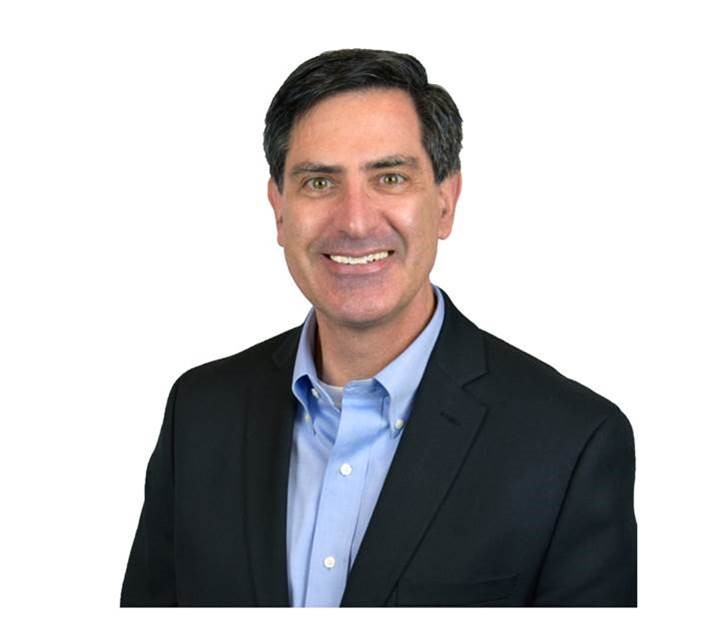 |
By Renzo Luzzatti President US-Rx Care |
In an environment of continually increasing healthcare costs, the accelerating growth in cost for specialty medications and high-tech medical treatments are particularly concerning. Specialty pharmaceutical utilization has grown over 400% since 2010 to approximately $500 billion annually, accounts for over 14% of total healthcare expenditures, approximately 50% of total drug spend, and could double over the next 3-5 years based on the current drug manufacturer pipelines.
The bad news: neither the fully insured nor stop loss marketplace offer adequate protection from high-cost claims beyond one year for most employers.
The good news: there are many strategies proven successful to significantly reverse the upward cost trend that are implementable right now, today. Employers implementing these strategies are seeing cost reductions in the 25%-50% realm under both the medical and pharmacy benefit – often with a focus on fewer than 10% of plan enrollees who account for the majority of plan spend. The most common strategies employers have been implementing successfully fall into four main categories.
- Better alignment of incentives in vendor relationships to minimize cost and prevent waste in the system
- Increased clinical rigor beyond what is typically provided through PBMs and carriers
- Risk shifting or risk sharing strategies that effectively move risk and costs off the plan
- Flexible sourcing to access needed products and services from lower cost alternatives when available
There is no one-size-fits-all option or magic bullet for every case, so the more options available to leverage under the benefit plan the better.
Self-funded employers should talk to their brokers and consultants and ask them to identify a path to reduce pharmacy spend by 25%-50% within the next 12 -18 months without reducing benefits or shifting cost to plan enrollees. Don’t focus solely on going out to bid for bigger discounts and drug rebates. While still important, that alone is no longer sufficient. It is not enough to simply discount trend; the time has come to CHANGE the trend. Many employers have achieved 50% or higher cost reductions in their self-funded benefit plans. Every employer can and should be seeking and doing the same.
For human resources and C-Suite management concerned about adding complexity or disrupting member access to care, neither has turned out to be the case for the many employers that have implemented the strategies described above. Other than signing off on member communications and fielding the occasional employee question, there should be very little day-to-day involvement for the plan sponsor.
Because every high-cost case can have its own unique characteristics and circumstances, putting in place multiple options like those highlighted herein will allow any employer to effectively reduce the frequency and severity of claims of all shapes and sizes, while also improving health outcomes and member experience.
Read US-Rx Care’s validation reports HERE.



